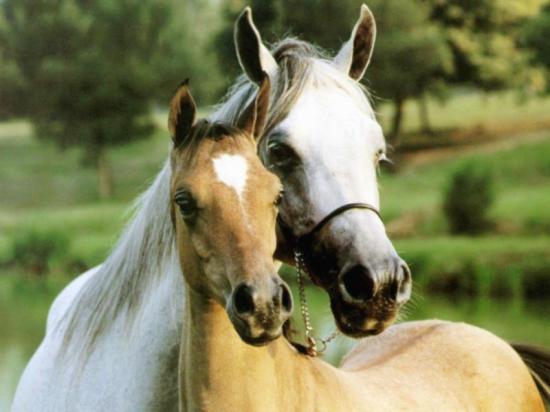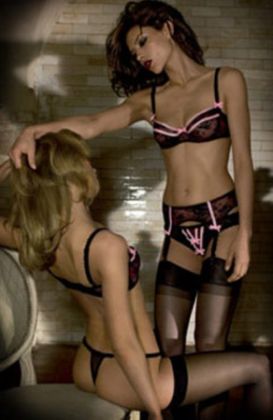
For those who thought Pushkar is all about camel fairs, here is a surprise. In fact, cows and horses also come to Pushkar fair. But, they don’t get counted because they are stashed away in the backyard.
Everybody who walks along the main street would only get to see camels on either side of the road. It takes a nosey character like me to step into the backyard to discover what else is there in the fair.
It is in the backyard that I found Ram Chander Singh from Kangarot near Jaipur sitting around with some 6 horses he had bred. He said he had come with 12 horses…six males and six females. But, he had already sold six of them by the time I met him.
The horses Ram Chander sold consisted of five males and one females. The horses did not fetch a very good price though. He sold them for prices that ranged from Rs.15,000 to Rs.18,000. He did not understand the economic meltdown but he said the market is not in a good shape and it did not like it would improve in the near future.
Usually about 25,000 camels come to Pushkar fair. The number of horses who come to the fair is about 15,000. Ram Chander says he does not know why but their arrivals much fewer this year.
The breeds of horses Ram Chander deals in are Katiawadi (Rajasthan); Malani (Gujarat); Hybrid between Arabian and Thoroughbred; Sindhan (Pakistan) and Desi or Marwari (Rajasthan).
Horses are used for riding and sports such as racing and polo; for security purposes by mounted police; for marriage parties and for religious processions.
The food for horse which consists of jwar, chara, tudi and khodbi costs anything between Rs.3,000 a trolley to Rs.4,000 a trolley. That works out to Rs.250 a quintal or Rs.2.50 a kilo.
Horses mature between four and five years of age. The young one is born after a gestation period of 335 to 340 days.
The constitution of a horse’s body is similar to that of the human body. Unlike other animals, the medicines that cure human beings cure horses as well. The only difference is that these medicines are administered at higher doses to them because of their size and body weight. And, pregnant mare is given the same food as a pregnant women in traditional families which includes rarified butter and jaggery.



